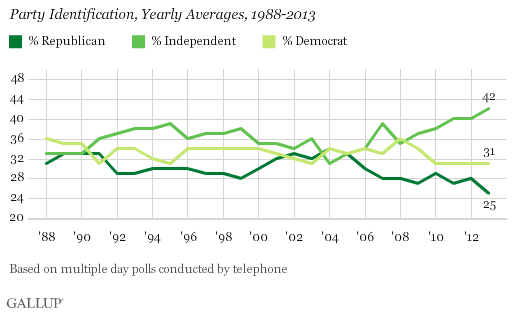What are Top Two nonpartisan primaries?

A: Top Two eliminates partisan primaries in favor of a single nonpartisan primary open to all voters, with the top two vote getters, regardless of party, moving forward to the general election.
A: California and Washington use the Top Two primaries system for all state and federal elections. Nebraska uses Top Two nonpartisan primaries to elect members of the state legislature, but not for local nor federal offices. 80% of U.S. cities use a form of Top Two nonpartisan primaries to conduct municipal elections.
A: There are several other types of primaries, although some states use hybrid versions of these systems (click here for a state by state breakdown)
- Closed: Independents cannot vote in a party primary, unless party votes to open it for a specific election.
- Open: There is no partisan voter registration. Voters must choose a party primary in which to vote.
- Semi-Closed: Independents or unaffiliated voters can vote in a party primary. However, they must reregister into a party on that day. Some states require a waiting period to reregister such as CO and ME. Other states such as NH and RI allow you to reregister at the poll. Parties can elect to bar independents from participating.
- Semi-Open: Independents or unaffiliated voters can vote in state primary. They must ask for a party ballot, and can only vote in that party primary. Parties can elect to bar independents from participating.
A: Yes. The Supreme Court has upheld that right. That is why Top Two nonpartisan primaries are so crucial. In a Top Two system, the primary is not about selecting party nominees, it is about all the voters participating in a process of determining which candidates advance to the general election. The parties are private organizations and are free to do that however they choose and with their own, not the taxpayers, funds.

Omar H. Ali, Editor
